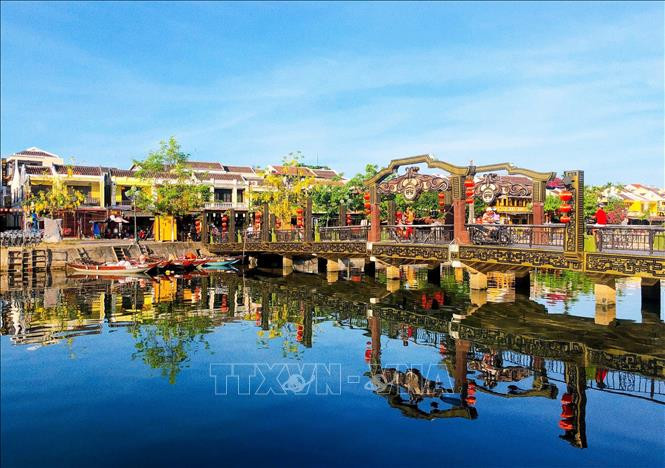According to the National Center for Hydro-Meteorological Forecasting, on September 2, many cities had high to very high UV index levels, with Hoi An City (Quang Nam Province) having the highest UV index level (9.6).

Specifically, on September 2, the UV index in the cities: Ha Long (Quang Ninh province) was 8.9; Hai Phong 9.2; Hanoi 9.2; Hoi An (Quang Nam province) 9.6; Nha Trang (Khanh Hoa province) 7.2; Ca Mau (Ca Mau province) 7.0.
From September 3-5, the UV index of the cities: Ha Long (Quang Ninh province) is: 3, 8, 7; Hai Phong 4, 5, 9; Hanoi 6, 6, 9; Hue (Thua Thien - Hue province) 8, 10, 7; Da Nang 8, 9, 7; Hoi An (Quang Nam province) 10, 9, 8; Nha Trang (Khanh Hoa province) 8, 8, 8; Ho Chi Minh City 8, 5, 8; Can Tho 4, 5, 9; Ca Mau (Ca Mau province): 6, 4, 8.
The UV index scale states that 3-6 is average, 6-8 is high, 8-10 is very high, causing burns within 25 minutes, and 11 or higher is extremely high, very dangerous, with a risk of skin damage and eye burns when exposed to sunlight for about 15 minutes without protection.
According to experts, ultraviolet rays are the type of rays that people encounter in their daily lives. Ultraviolet rays are in sunlight, whenever there is sunlight, there are ultraviolet rays and they only differ in wavelength. Anti-ultraviolet rays are not simply daily sun protection because only 10% of sunlight is ultraviolet rays. On rainy or cloudy days, many other types of rays still operate silently, can penetrate clouds and cause significant skin damage over a long period of time or cause heatstroke, darkening the skin.
Doctors recommend that people take proactive measures to protect their bodies from the harmful effects of ultraviolet rays, such as: wearing sunglasses that block ultraviolet rays, wearing hats and sun-protective clothing, limiting sun exposure during peak hours, using broad-spectrum sunscreen, and reapplying sunscreen every 2 hours.